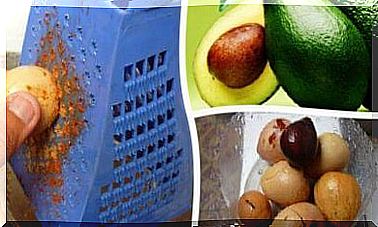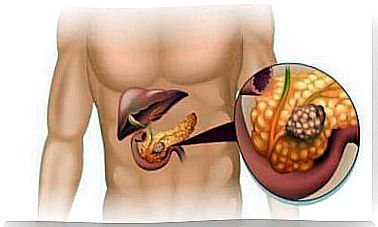Potato – How To Make A Lamp Out Of It?
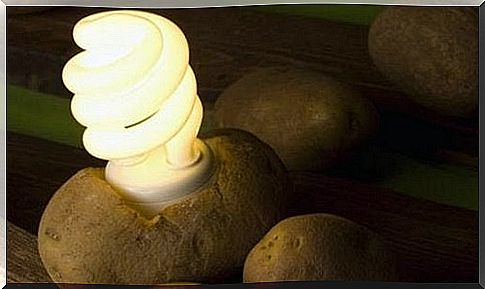
If you liked going to physics lessons at school, you will love this experiment. All you need to do is have a potato. When you combine it with a few components that can be easily obtained at a hardware store, you can turn starch into an eco-friendly power source.
According to research, one potato is enough to illuminate a room for about 40 days.
Haim Rabinowitch from the Hebrew University in Jerusalem has been working for years on creating a device that would make it possible to use the energy contained in potatoes.
Rabinowitch claims that it is enough to connect a few wires to the potato tuber and, of course, a LED bulb and we can enjoy ecological light.
How to make a potato lamp
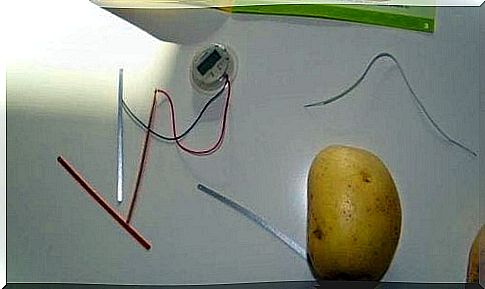
What to prepare?
- 2 small potatoes (boiled for 8 minutes)
- 3 copper wires
- 2 copper rods
- 2 zinc rods
- 1 small bulb, 1.5V
How to do it?
- Wrap the copper cables around the two copper rods
- Squeeze one into each potato
- Wrap the zinc rod with a third copper cable and press it into one of the potatoes
- Take the end of the same copper wire and wrap it around the other zinc rod
- Place the wrapped zinc rod in the second potato
- Place the two protruding ends of the cable so that they are in contact with the bulb (be careful not to touch the copper)
- Ready! You have a potato lamp!
How does it work?
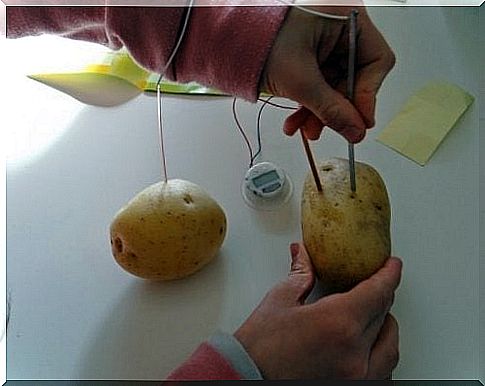
The potato itself does not produce electricity. However, it does contain ascorbic acid. This component, in combination with the copper electrode and zinc, causes the electrons to move back and forth, using this natural product as the driving force.
This phenomenon is called the “redox reaction” and allows a wide variety of electrical devices to be started and powered.
“We chose potatoes because they can be grown almost anywhere, including tropical and subtropical areas. Potatoes produce the most abundant harvest in the world. “
-Haim Rabinowitch-
The history of electricity from the potato
Rabinowitch claims that potatoes are very often used in the teaching process, and there has been no research on their possible use as an energy source on a larger scale.
As early as 1780, physicists Alessandro Volta and Luigi Galvani were conducting research on the possibility of generating electricity from such alternative sources as:
- paper soaked in salt water
- creating a ‘battery’ using two metal plates and plenty of soil or a bucket of water.
The secret of the potato electricity
If this experiment confirms the assumption that potato can be used as an energy source, why has it not yet started to be used on a larger scale?
Rabinowitch says that “research and action are needed to make people aware that potatoes can be used to produce large amounts of energy, especially in areas where the electricity grid has not yet been built. “
However, there are many opponents of obtaining electricity from food products.
Critics of the idea say that biodiesel, for example, deprives starving people of the food that is used to make it. They believe that such solutions are inappropriate.

However, according to statistics, around 360 million tonnes of potatoes are produced annually around the world. They are not only easy to breed, but also cheap to produce.
It is for this reason that such a technological solution could be profitable in areas without electricity.
The production of zinc and copper is cheaper than the production of oil llama. The problem is that using food to produce electricity does not like the majority of the population.
“It is a low voltage power source, but it would be enough to build a battery that would power cell phones and laptops in places where there is no electricity.”
-Haim Rabinowitch –




